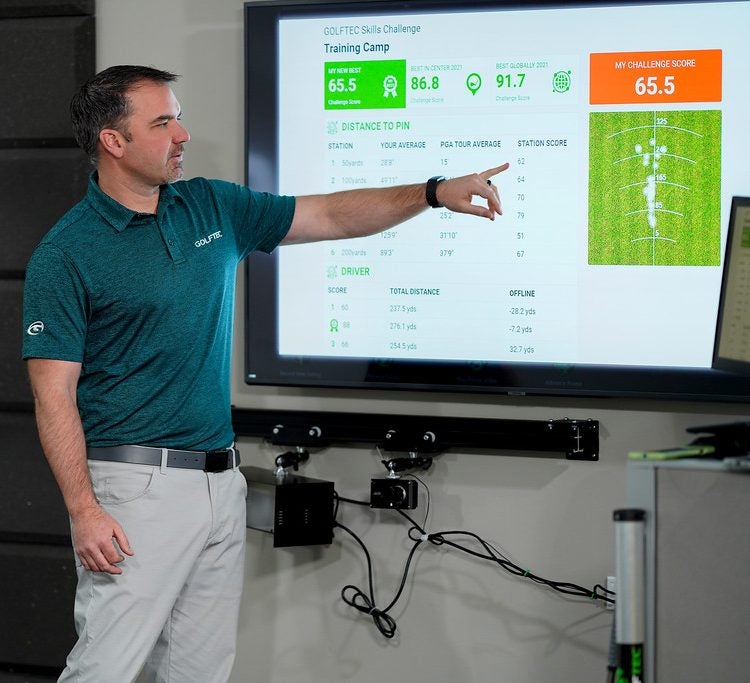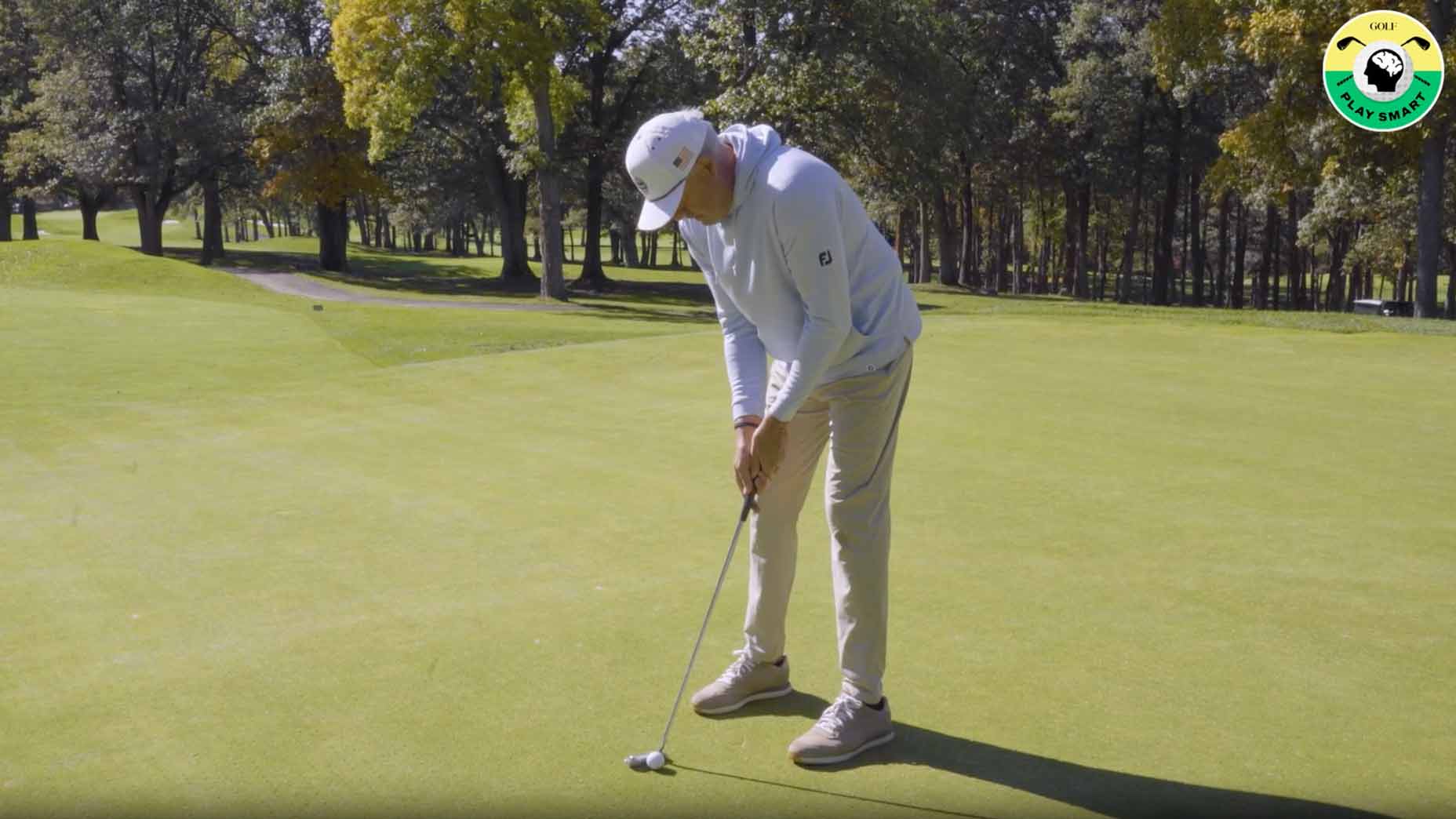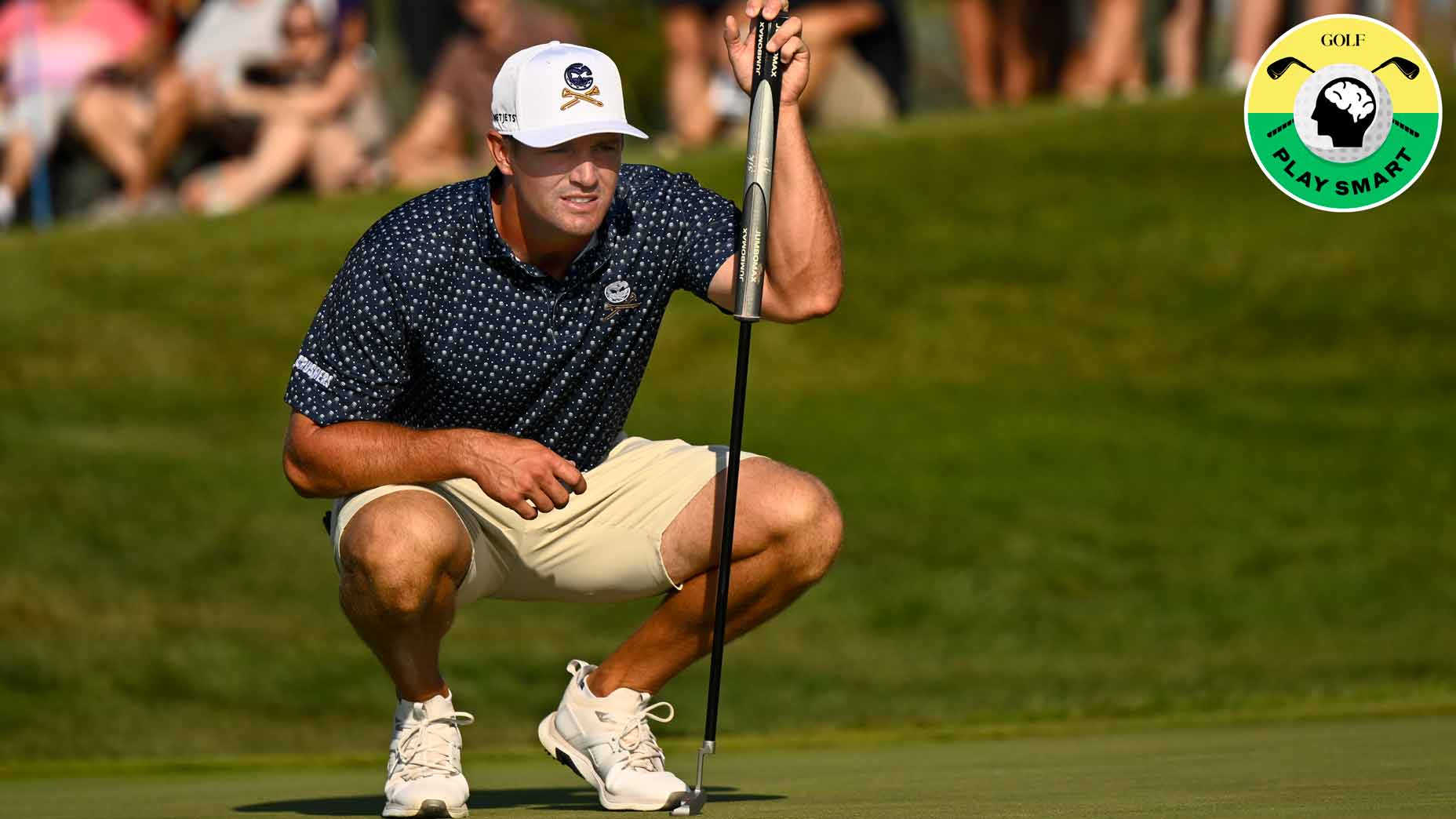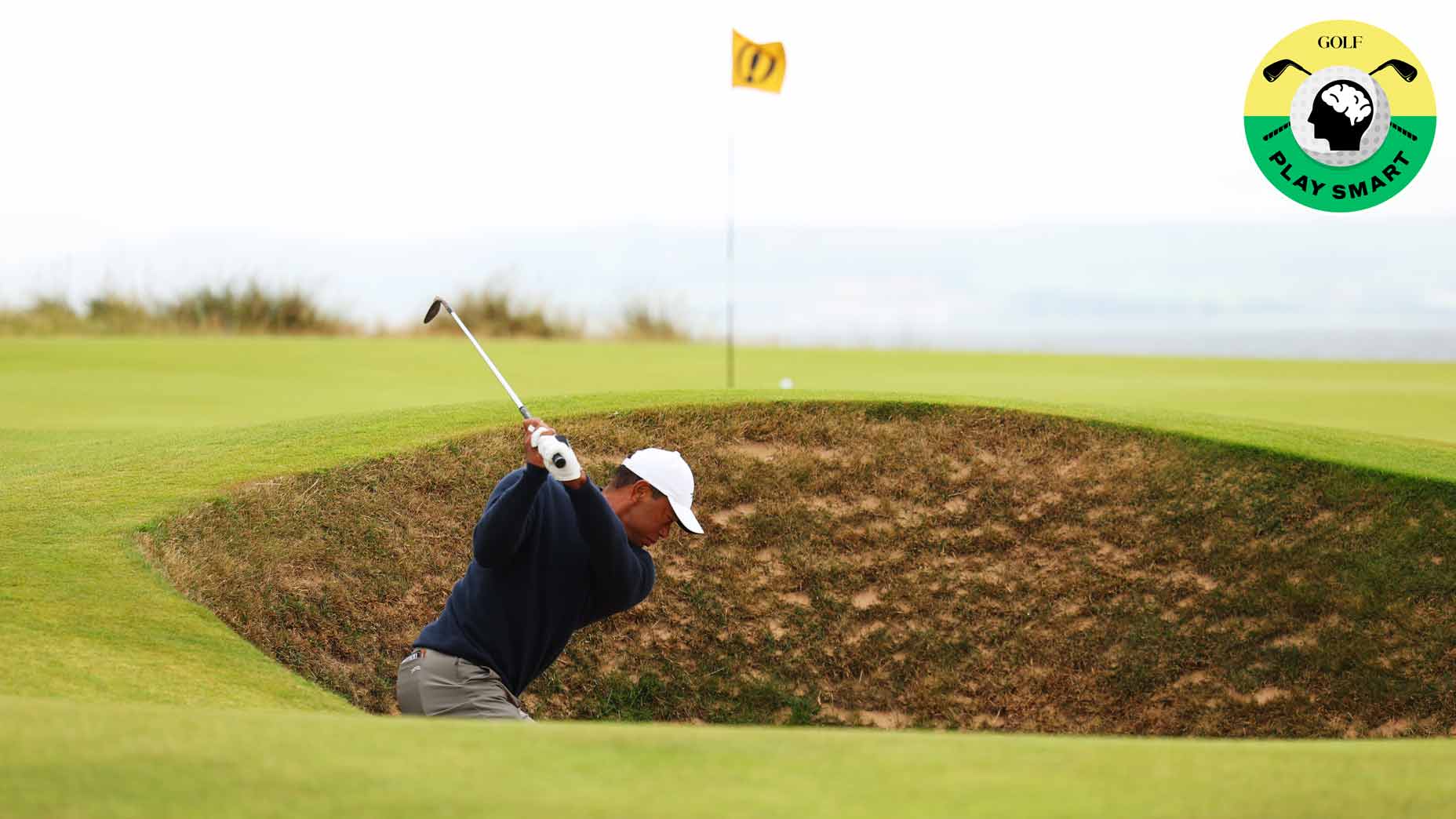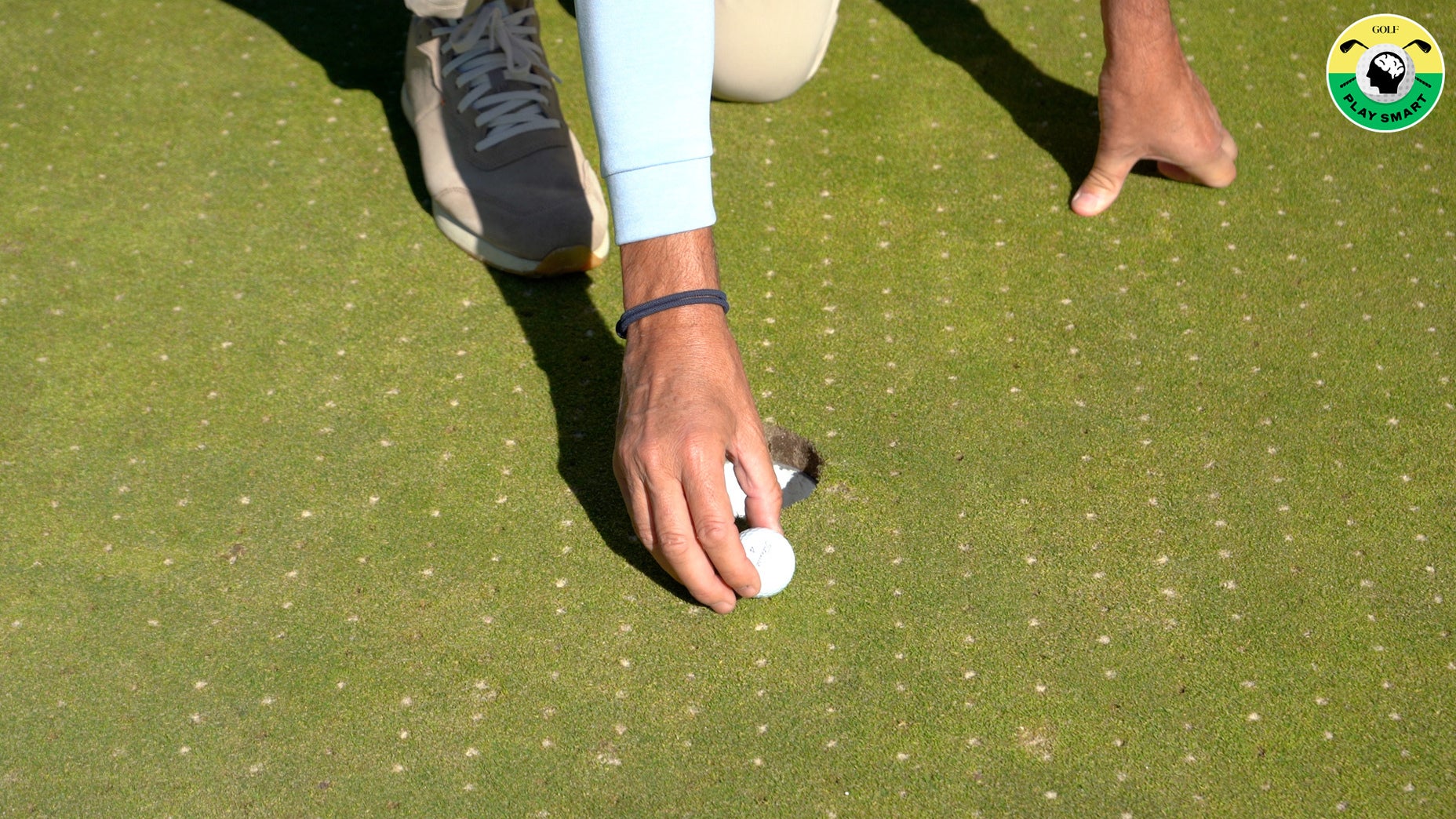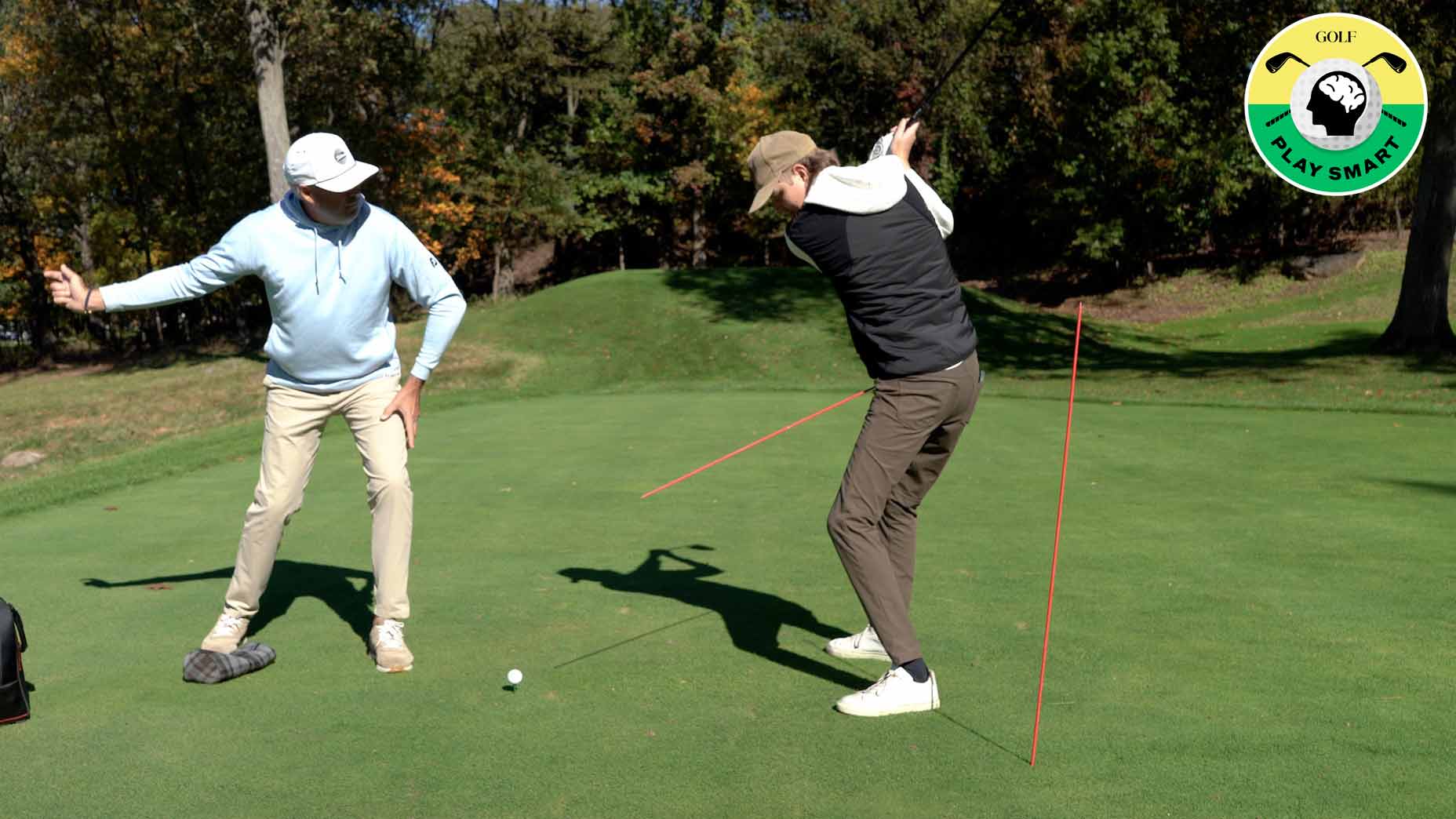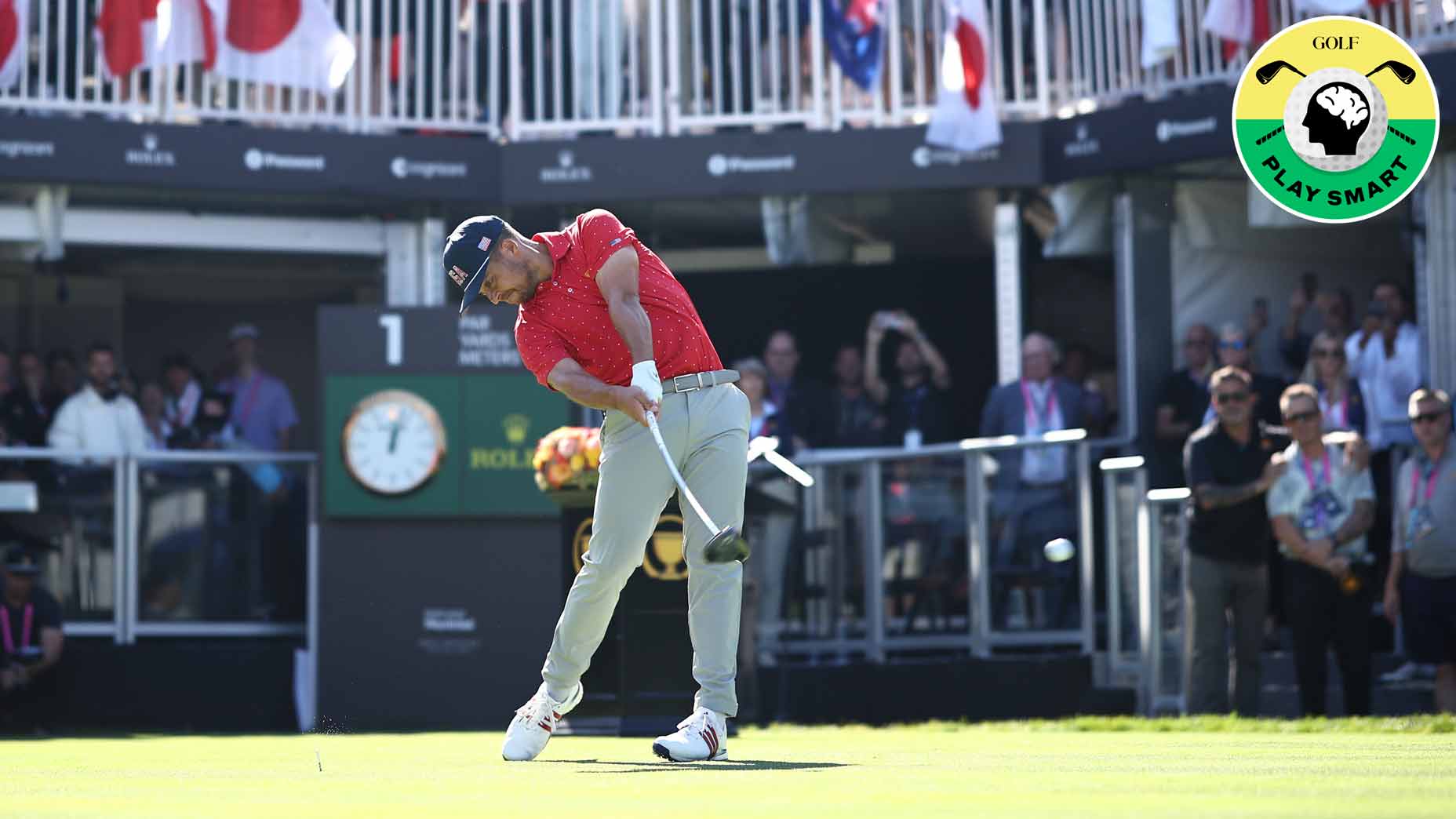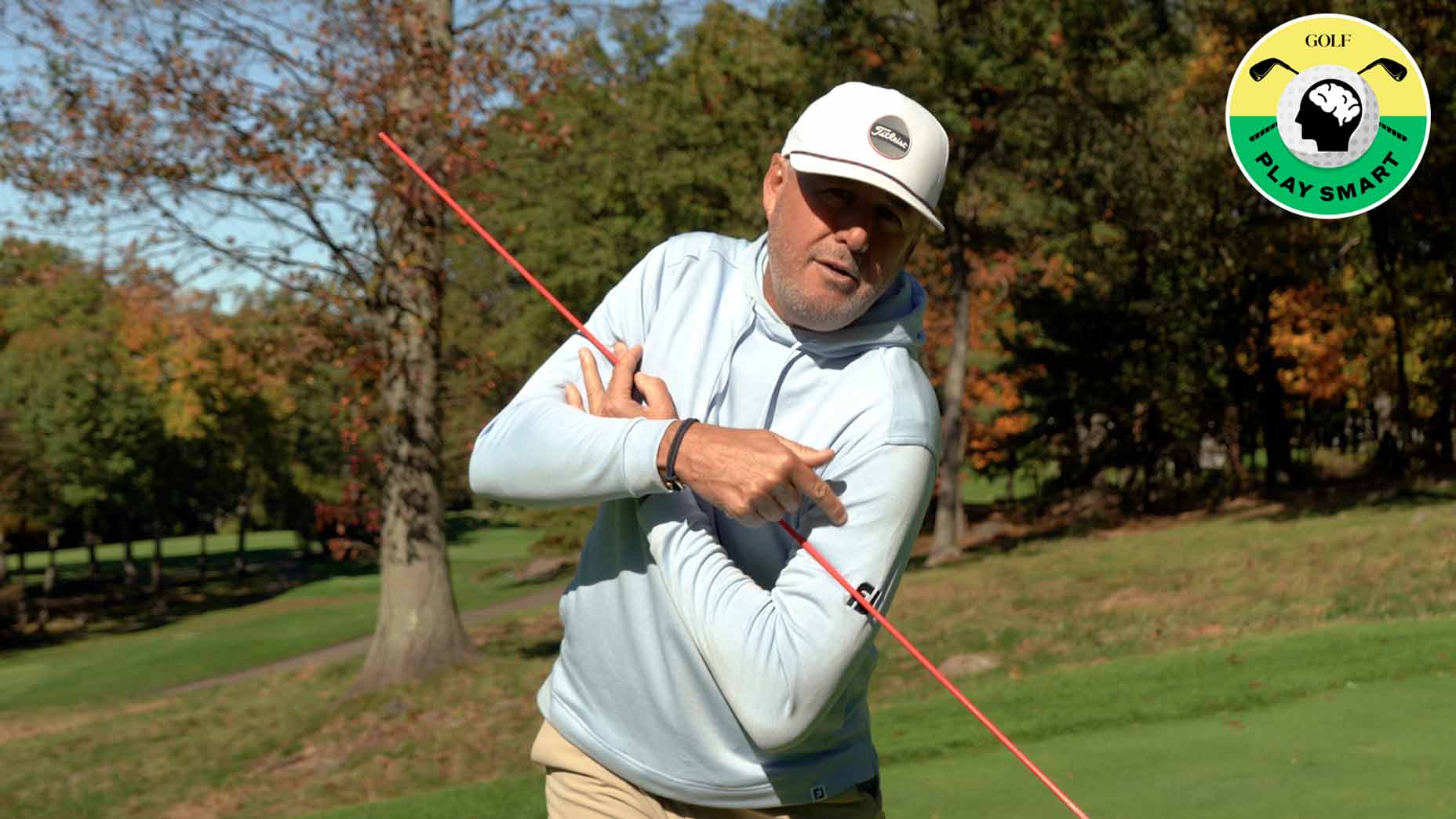15 real golfers share the tip that gave their own game a ‘breakthrough’

Here's what worked for these golfers — and might work for you, too.
Getty Images
Welcome to Play Smart, a game-improvement column that drops every Monday, Wednesday and Friday from Game Improvement Editor Luke Kerr-Dineen to help you play smarter, better golf.
It’s Friday, which means you’re probably playing golf this weekend. Perhaps that’s how you found your way onto GOLF.com — looking for a sneaky tip to take to the golf course. In which case you’re in luck, because in today’s Play Smart column we have not one tip, nor two, but 15 fresh from the oven.
We got there by talking to a few members of our How To Hit Every Shot Facebook Instruction group (which you can join for free right here) who said they recently experienced a “breakthrough” in their own golf game. We asked them what their secret was, and here’s what they came back with…
Swing Evaluation for GOLF.com Readers!
1. “Using my 7, 8 and 9 irons around the green for bump-and-run shots.” — R.J. Gilbertson
This is something GOLF Top 100 Teacher Kellie Stenzel recommends often in her writing: the golden rule of keeping your ball as low to the ground around the green, as often as you can. That means lots of bump-and-runs, which has helped Gilbertson’s game:
“Even on mishits the ball is within a reasonable range to make the putt,” he says.
2. “Actually playing TO the course,” — Justin Garey
For mid- and high- handicappers, one of the most important goals is simply getting the ball in play. Advancing your ball predictably from spot to spot, as GOLF Top 100 Teacher Jamie Mulligan says.
“Not every hole requires driver off the tee,” Garey says, adding that he shot a career best round of 77 with his new strategy, “and playing to the middle of the green more.”
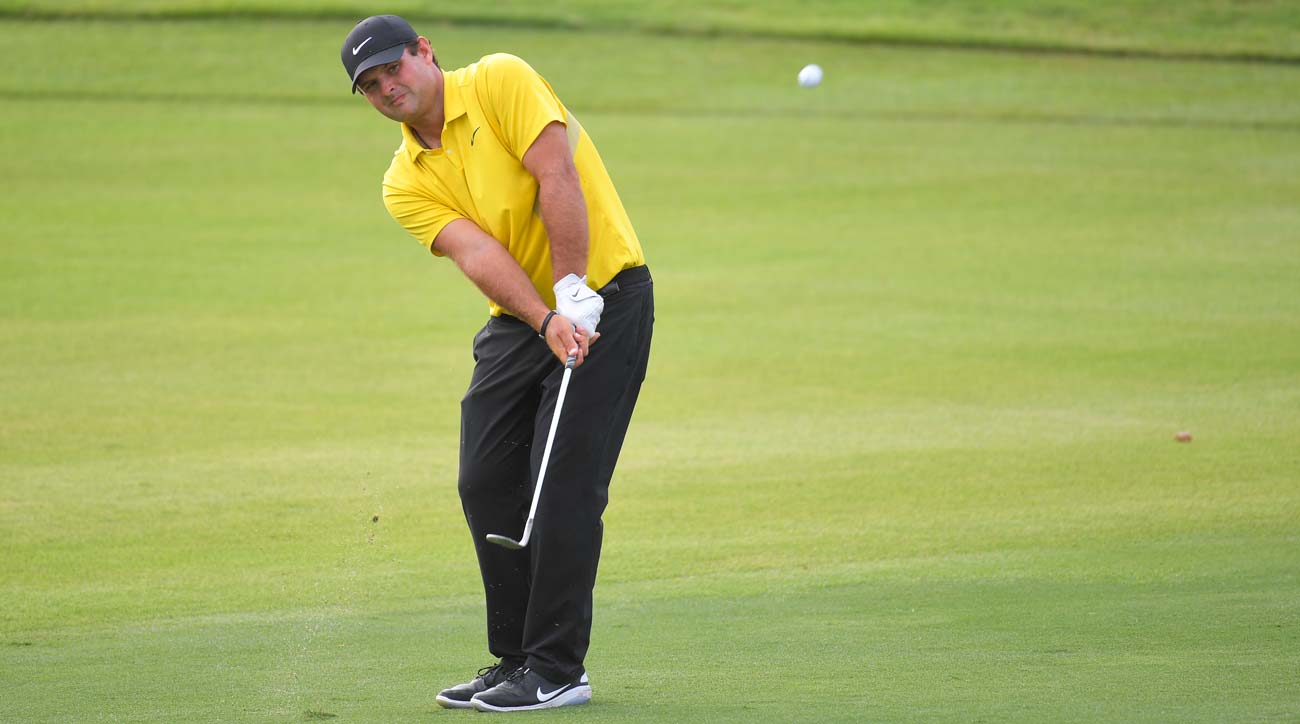
3. “Studying Patrick Reed’s chipping” — Brian Mullen
Patrick Reed is one of the best at getting up-and-down on Tour. Studying the technique of the best — especially around the greens, worked wonders for Brian Mullen.
RELATED: Seve Ballesteros explains how to hit a spinny flop shot, in 55 seconds
4. “Shifting my weight from the balls of my feet to feeling more centered over mid-arch” — Jordan Baron
Having your pressure too far forward, towards your toes, at setup can create more issues that you realize. It can screw up your rotation in your golf swing, among other things. Baron found out first-hand that the first step to a good golf swing is a good setup — which for him meant shifting the weight more towards the arch of his foot, which helped him find a more balanced setup position.
“It has made all the difference with shallowing the club and maintaining balance throughout the swing,” he says.
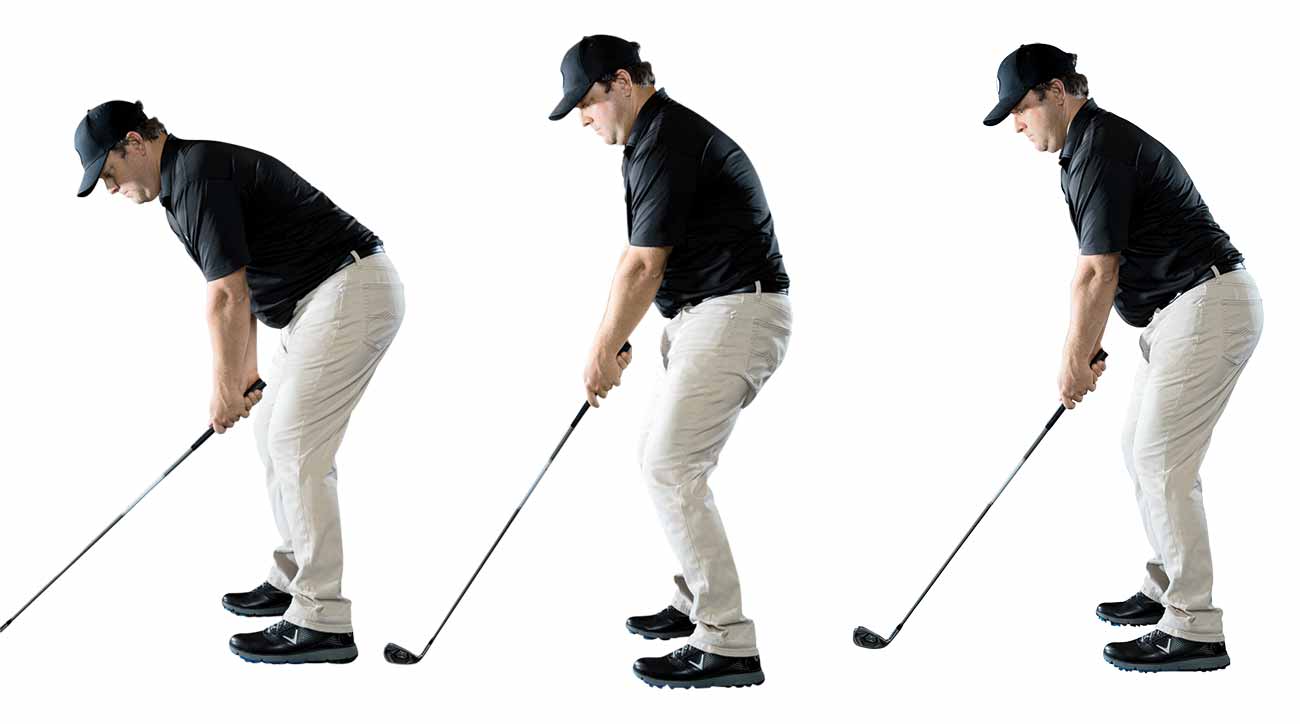
5. “Developing exercise, Nutrition and Course Management prior to each outing,” — Sam Smargissi
This is something that pros think about all the time, and amateurs rarely do. But taking the small steps to eat a little better, warm up more effectively, and play a little smarter throughout can pay huge dividends, as Smargissi found out for himself.
“Giving yourself the opportunity for success starts with a game plan,” he says.
6. “Shifting the weight to my front leg on chipping” — Kenneth W. Johnson Jr.
This is a simple but important point: Keeping your weight forward on your chip shots helps promote a downward strike for crisp contact with more spin. GOLF Top 100 Teacher has a drill to help you with that right here.
“It has done wonders for my chipping!,” Johnson says.
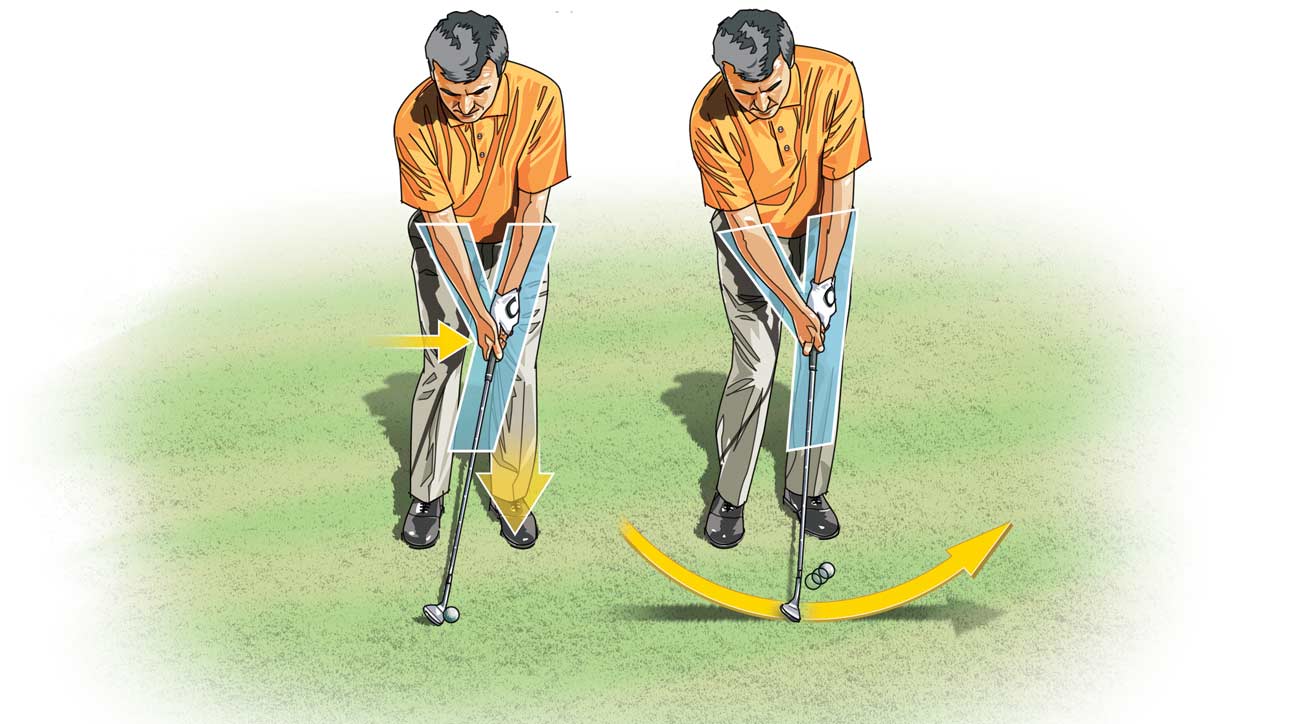
7. “Fixed my grip”; “Changing my grip” — Dan Rosebach and Brian Baille
A bad grip can cause a multitude of problems in your golf swing that can take years to correct. My colleague Tim experiences this first-hand every time he makes a swing, but Dan Rosebach and Brian Baille each took the wise move of correcting their own grips, and their games are better for it. But remember, as GOLF Top 100 Teacher Terry Rowles explains here: While a neutral grip may be the one most teachers teach, the best grip is the one that best suits your unique body type.
“It was very awkward and uncomfortable to practice at first but it was critical to reducing my slice off the tee,” Rosenbach says.
8. “Playing smart golf,” — Donald Morin
Similar to an earlier tip, it’s so important to re-emphasize. For most recreational golfers, the aim of the game is keeping your ball in play, consistently, especially off the tee. As PGA Tour player Marc Leishman says here, you don’t need to be a hero. You just need to be predictable.
“Scores have lowered and shots have improved,” Morin says. “There is still more to improve on but it’s a start.”
9. “Aiming and looking 2 inches in front of the ball when putting, at all distances,” — Joe Summa
This is called spot putting, and it’s a pretty simple way of starting your ball on line. Forget about the hole, just try to move the ball into a spot a few inches ahead of the ball.
“Starting your ball on line will dramatically increase success rate,” Summa says.

10. “Opened my right hip a bit more” — Brian Sureck
Bad hip mobility is something that hurts a lot of recreational golf swings, and can cost you power. You can and should be stretching your hips, and another way of getting more hip turn in your golf swing is to flare-out your right toe at setup, as you can see GOLFTEC’s Nick Clearwater demonstrating above (and can read more about here)
“Opening up my right hip more helps me get more turn due to back surgeries,” Sureck says.
11. “Moved the ball up in stance to near front foot,” — Rick Klimchock
Having good ball position is so, so important, and recreational golfers often gloss over it. Don’t fall into that trap. Make sure your ball position for every club is nailed on, and your game will be better for it.
“Better contact. Higher straighter ball flight,” Rick says, adding that using Moe Norman’s ball position is the swing thought that worked for him.

12. “Practicing where my heart rate gets elevated” — Niki Murata-Godfrey
Some really interesting insight from Niki here, who says she used to find the less-crowded areas of the driving range so she could feel more “calm” and feel less “on display” around other golfers. Golf is a nerve-wracking and often embarrassing game, but once Niki decided to embrace the nerves as she practiced, her game was better for it. It’s the same reason pros like to practice under pressure, and you should, too.
“I decided I should actually be practicing where my heart rate gets elevated somewhat because that’s what happens a lot when playing a round,” she says. “It has been a good way to get used to the nerves.”
13. “A better takeaway to help the club shallowing the club out” — Jay Pushee
Most golfers tend to come over-the-top during their golf swing. That can lead to pulls, slices, and all sorts of other errors. What most don’t realize, as GOLF Top 100 Teacher Sean Hogan explains here, is that your ability to shallow the club can often be linked to your takeaway. For many golfers, a takeaway that’s too inside can lead to a loop over-the-top on the downswing. That’s not always the case, of course, but it was for Pushee, and he’s been better once he corrected it.
“I’ve been striking the ball much more consistently,” he says.

14. “Setup for a draw,” — Brendan Sullivan
Yes, but how? Don’t worry, Sullivan shares the steps he took:
“Start by aiming at the right rough. Slightly stronger top hand at address. Drop the bottom hand a little more under the grip. Hips and shoulders a tad bit closed by dropping the trail foot back a few inches. Take a couple of practice swings, really feeling the inside to out path, by pinning the trail elbow to your side. Add a little side tilt to promote a sweep off the tee. And let it rip!,” he says.
15. “Stay teachable” — Tom Quinn
And finally, two simple words to end on that coaches everywhere will love.
What does it mean? It means staying open to new ideas, being willing to work, get out of your comfort zone, and stay the course. Do that and you’ll be a happier, better golfer.

